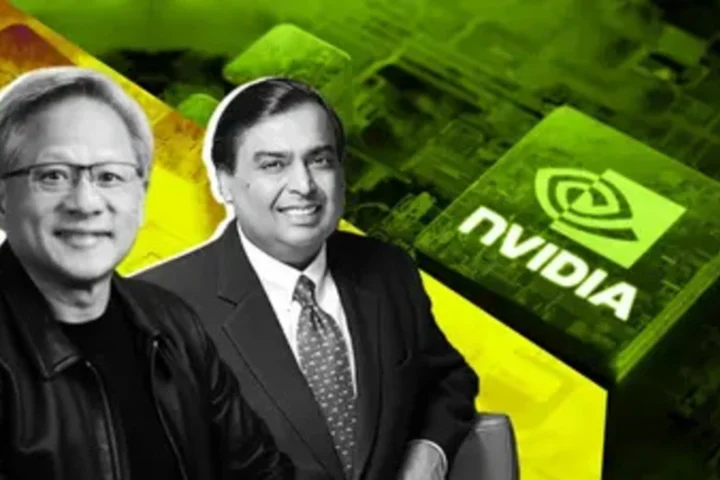India’s space agency, ISRO, is making impressive strides in the realm of crewed space missions. Following the successful Chandrayaan-3 mission, ISRO is preparing for a significant test, the Flight Test Vehicle Abort Mission 1 (TV-D1), which is an integral part of the ambitious Gaganyaan mission. This test aims to evaluate the performance of the Crew Escape System, a crucial safety mechanism designed to safeguard astronauts in the event of an aborted mission due to malfunction.
Understanding the TV-D1 Test
· Uncrewed Trial: The TV-D1 mission involves an uncrewed trial run to simulate a mission abort scenario.
· Altitude and Escape: A single-engine rocket will carry an early version of the Gaganyaan crew module to an altitude of approximately 17 kilometers. At this crucial juncture, an abort signal will be initiated.
· Safety in Action: If the Crew Escape System functions as designed, the crew module will separate from the rocket and deploy its parachutes. Eventually, it will safely splash down in the Bay of Bengal. Importantly, this mission is uncrewed, serving as a critical evaluation of the escape system.
The Road to Gaganyaan
The Gaganyaan mission itself represents a significant milestone in India’s space exploration journey. ISRO plans to demonstrate its human spaceflight capabilities by sending a crewed spacecraft to an altitude of about 400 kilometers above Earth. During this three-day mission, astronauts will experience the marvel of space, and ISRO will ensure their safe return with a splashdown in Indian waters.
Implications of Success
If the Gaganyaan mission succeeds, India will join an exclusive list of countries capable of launching crewed spacecraft independently. Currently, only the United States, the former Soviet Union, and China share this distinction. China, in particular, has advanced to the extent of having a space station in orbit with astronauts living and working on it.
India’s Ambitious Space Agenda
The success of the Gaganyaan mission represents just the beginning of India’s pursuit of loftier space ambitions. Prime Minister Narendra Modi has set forth an inspiring vision for ISRO, including the establishment of an Indian space station by 2035, sending an Indian astronaut to the Moon in 2040, and pursuing missions to Venus and Mars. These grand aspirations underscore India’s growing influence in space exploration.
Winding it up
In summary, ISRO’s TV-D1 test and the impending Gaganyaan mission are vital steps in India’s journey toward crewed space missions and more ambitious cosmic endeavors. With each successful mission, India inches closer to realizing its remarkable space exploration goals. The nation’s growing prominence in space research is a testament to its dedication and innovation in this exciting field.







